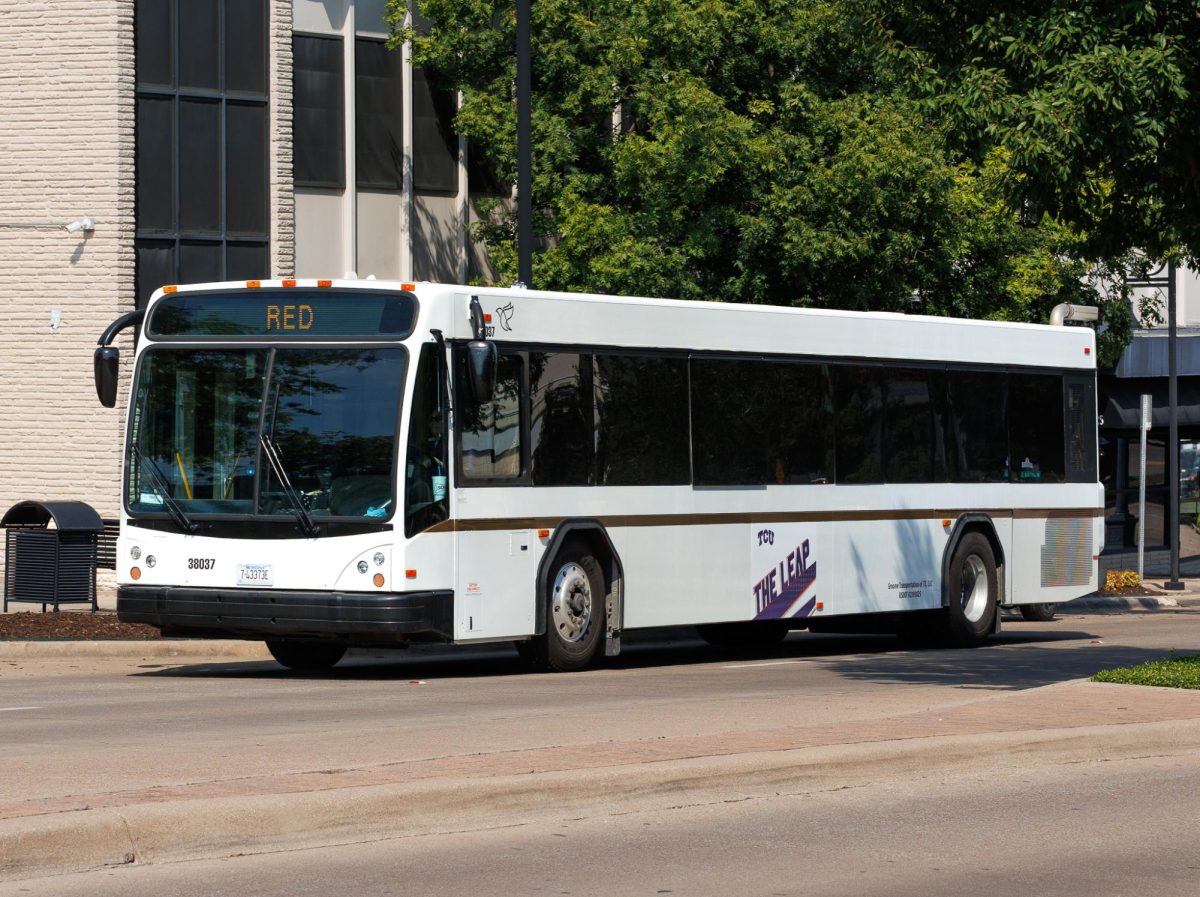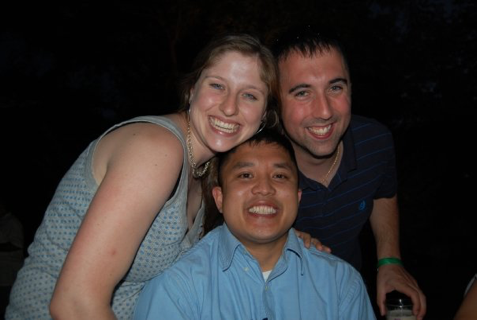According to a study performed by several Southwestern University professors and undergraduate students, the lunchroom plays an integral part in how students view race relations at their school.
Students who commonly eat with peers of a race different from their own have a more positive view of how integrated and welcoming their university is as a whole. It’s pretty easy to see why, as the lunchroom is the only real place where students have to go and still get to fully choose their companions.
In the classroom, even if race is addressed directly, it’s not by student choice. The teacher is the one who chooses what gets discussed and how the subject is approached. The students in a classroom are determined by a computer and, even in a diversified classroom, there is no guarantee that will lead to great breakthroughs in understanding and a strong desire to branch into hitherto unknown cultures.
In a dorm room, students are likewise randomly assigned to a hall and to a roommate. In the interest of creating a tolerable living atmosphere, no one is confronted, nothing uncomfortable asked, and all get along for the sake of getting along.
When it comes to the cafeteria, however, tablemates are 100 percent by choice. True, tablemates often come from friends made in the classroom or dorm, but it is no longer a connection made by impersonal computers. Naturally then, students who eat with minority students are doing so of their own volition, and they know it. This knowledge (and food, the one great harmonizer) is what makes students feel better about racial interactions at their college.
TCU, a small university with a single cafeteria, is exactly the type of university that the study is applicable to. And unfortunately, we would be hard-pressed to find students who eat with a wide variety of minority groups, because of the simple fact that TCU is 74 percent white. And besides this imbalance in ethnic groups is the fact that students tend to settle into groups they are comfortable in–often those they are familiar with, those who look just like themselves.
A simple look around Market Square reveals (besides the overwhelming whiteness) the tendency of students to sit with other kids of their own race. This isn’t to say that all students follow this habit, but no objective diner can deny the color-blocked pattern prevalent in the chairs at Market Square. Black students sit with black students, white students sit with white students, Asian students sit with Asian students, so on and so forth.
Per the study, this cafeteria situation reflects an underlying impression that TCU lacks true racial acceptance and intermingling. Whether this is true or not is hard to say. Certainly, students at TCU are open and friendly no matter their background, but, for the majority of the enrolled, they rarely come into meaningful contact with those of another race or nationality. How can an opinion on race relations be formed by the student body without any actual experience in the matter?
If TCU wants to address (the lack of) race relations, they first have to find a way to get students to intermingle. Clubs or fellowship groups where students go to meals with each other at least once or twice a week would be a possible start to getting students to interact with an increasingly varied crew at lunchtime. Another great step and a way to push emphasis beyond the plate would be for TCU to create, and strongly recruit for, diversity clubs in addition to the numerous organizations emphasizing what participants already have in common.
Allana Wooley is an Anthropology and history double major from Marble Falls, Texas.




